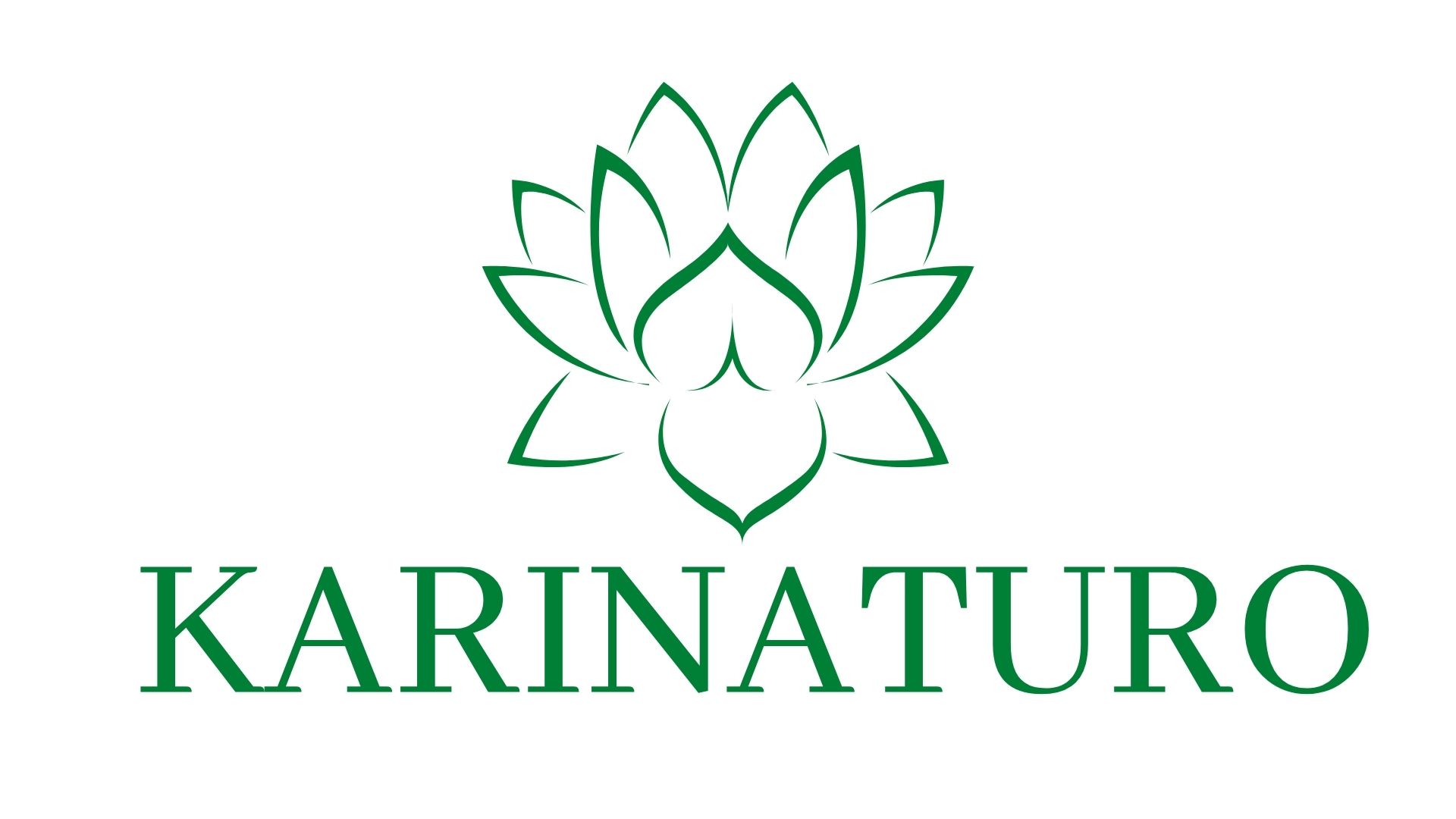Везде есть свои особенности инфраструктурные. К примеру, на Форексе нет стакана и ленты, значит, часть стратегий просто не доступна, но график-то везде одинаковый. Или фьючерсы – есть и стакан и лента, но принципы понимания их, ввиду отсутствия ECN, как на акции, иные. Или акции, но на ММВБ или Санкт-Петербургской бирже, тоже без ECN.
Как пользоваться
По скальпингу SPY могу дать тонну советов, но они вам не помогут, скорее всего. Самый прибыльный трейдер – это Мастер 1-3 стратегий, которые он знает в совершенстве. В статье « Сектора. Корреляции. Как определить ведущего и ведомого. Арбитраж, как вид скальпинга. » рассказал про это подробней.
Скальпинг: самое полное руководство
Но не надо забывать, что проводить линии границ не очень верно, ибо любой скальперский трейд можно превратить в позиционный или, торгуя позиционно, находить точки входа, как скальпер. Иногда выгодно бить в рынок раутом, а выходить https://forexinstruments.com/ через ECN, которая платит за удаление ликвидности, иногда наоборот, заходить лимитом через BYX, а валить с потерей спреда с помощью ASUROUX. Ибо это навык, а не знания, а потому его надо нарабатывать, а не запоминать.
Курс «Скальпинг»авторское обучение торговлепо стакану
Многое предстоит туда еще добавить, ибо этих формаций около сотни. Знания, опыт, реальный счет, меня в качестве товарища, ведь с курса ваше обучение только-только начинается. Сам всегда и всем отвечаю на вопросы и помогаю дельными советами. В методическом пособии по скальпингу от 2013 года об этом рассказано немного подробнее.
Как пользоваться
7 500 акций американского фондового рынка к вашим услугам. Хотите, дорогие и спредистые, хотите дешевые и неволатильные, на любой вкус. Все идет от риска и размера позиции, а торговать можно кого угодно, скальпинг применим в любой ситуации, его много и он разный. На обучении скальпингу мы тренируемся на недорогих, высоколиквидных и очень неволатильных акциях.
Скальпинг: самое полное руководство
Сам торгую только акции и ищу все самое интересное среди акций. Для меня имеют место всего три стратегии – сайзы, формации/паттерны и резкие экспоненциальные движения в акции. Цель данной работы не только по новой рассказать обо всем, что знаю в скальпинге, но и систематизировать уже имеющиеся знания, опыт и статьи. К примеру, данная тема очень подробно расписана мной тут – «ECN. Как использовать трейдеру.», но информация в ней лишь на половину действительна.
Курс «Скальпинг»авторское обучение торговлепо стакану
Тут важно – тиковый график (для меня важно, вам – не знаю), фильтры стандартные New High/Low, по ним определяю инерцию фьюча и как следствие его направление в моменте. Если вы скальпер, вы ловите колебания и импульсы, а не движения бумаги в 100 и более центов. Если биржевой стакан как с ним работать акция дала вам то, что вы планировали – уходите. Вовремя выйти как в плюс, так и минус– самое важное для скальпера. Если есть у тебя риск на трейд, то, оценив волатильность бумаги, смело считаешь в уме размер позиции и, используя одну из стратегий, делаешь трейд.
- Ибо тот же «Треугольник» при определенных обстоятельствах должен браться в противоположную сторону, что приведет к более вероятному и положительному исходу, но надо практиковаться.
- Существует только в воображении новоявленных демо-скальперов, в памяти старой гвардии, а так же работающей весьма успешно в рамках HFT-стратегий и технологий.
- А значит, нам, людям, всегда уготовано самое последнее место в этой очереди, ибо мы не можем работать в пределах микросекунд (10 в минус 6 степени) и меньше.
- Навык используется исключительно в купе со « Стаканом ордеров » и графиком, и никогда самостоятельно.
- Или акции, но на ММВБ или Санкт-Петербургской бирже, тоже без ECN.
Входы, результатом которых стало движение в 100 центов, часто сопровождают небезызвестным «Зашел по стакану и по ленте». Что, все тот же 3,14здежЪ и провокация для неокрепших и зеленых ловцов «волшебного принта специалиста» или «следа маркетмейкера».
Все есть – интересный график, длинная сессия для торговли, сайзы и прочее до сих пор работают, формации те же, что и везде. Это как раз тот самый случай в исполнении первого варианта развития трейдера, одна из разновидностей, точнее. Тут, правда, может быть не только акция, но и фьючерс и валютная пара и даже биткоин.
Риск 50 долларов на трейд, акция ходит +-5 центов, значит берем 700 акций и вперед. Конечно же, у каждого стиля торговли есть свои особенности риск и мани менеджмента. Скальпинг в этом так же прост, а выживаемость скальпера определяется количеством сделок и высоким процентом прибыльных из них, что позволяет иметь потенциал в трейде, равный риску.
Моя специализация – скальпинг акций, немного имею опыт в скальпинге на РТС и даже на … бинарных опционах (пруфлинк). Никакой фактической разницы с точки зрения используемых стратегий. А график, как написал выше, везде один и тот же. И люди везде одинаковые и желания и страхи у них одни, а значит и наш подход везде такой же. Важно понимать, что вы будете торговать, как и когда. Вот у меня – стакан сделан так, чтобы не отвлекал, ибо там нет смысла смотреть на сайзы или исиенки, да даже «скрытых» искать смысла нет особого.
А вот скальпировать «от скрытого» – тема намного более действенная. Сложность лишь в поиске ситуации даже с помощью специальных программ. Очень подробно про данную стратегию расписал в статье « »Сайзы », « Скрытые ». Вокруг него так же множество спекуляций (словесных) и таинственности.
Вот чем он действительно полезен, так это поиском крупных заявок или «сайзов». Не просто так, само собой и не бесплатно, но об этом чуть позже. Те же самые фигуры, вроде бы, но вход в противоположную сторону. Текстом не описать – все вытекает из опыта и перечисленных выше других факторов. Ибо тот же «Треугольник» при определенных обстоятельствах должен браться в противоположную сторону, что приведет к более вероятному и положительному исходу, но надо практиковаться. У нас на сайте есть прекрасный раздел, созданный при поддержке Алексея Маркова – «Паттерны для торговли» большая часть этих формаций была предоставлена им.
